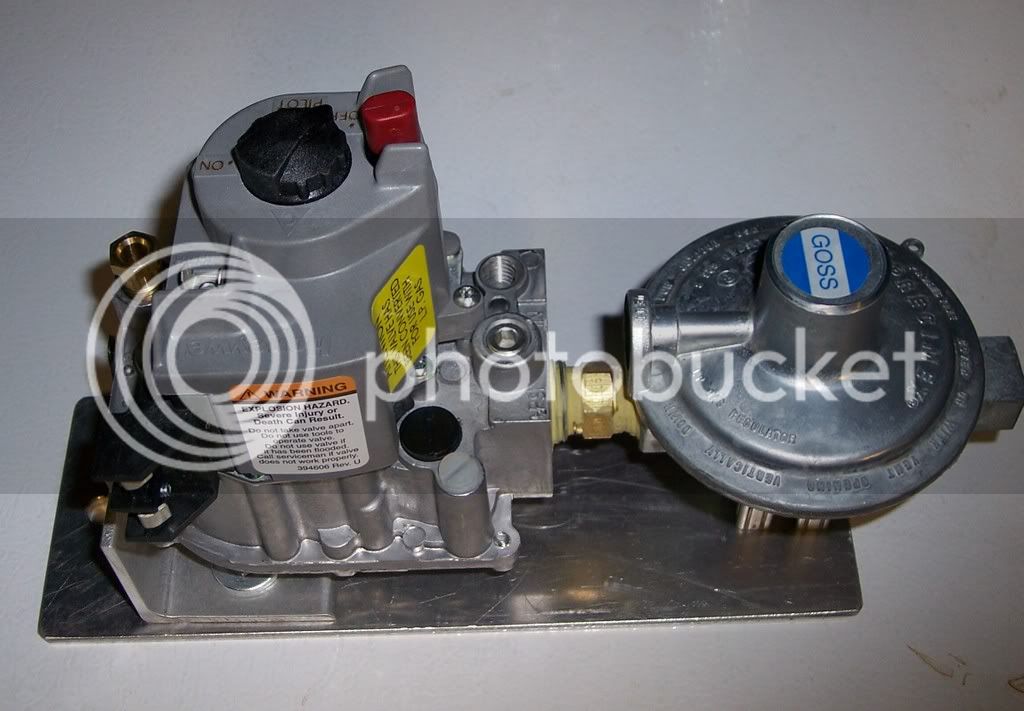Automation can be done in steps from simple switched control, electronic single point temperature controllers, Brewtroller/BCS system, PLC or analog and digital IO hardware and an application written to run on a computer. Having gone from entirely manual process to complete automation with PLC hardware and application, it can be done in stages.
The beginning step would be a temperature controller operating a gas valve, next step up would be the Brewtroller which is limited by 10 bit analog inputs (1024 steps), limited functions and display options. Slightly better is the BCS 460 platform, but it is limited to just thermister temperature sensors, level and flow are not an option. The BCS display application is an improvement over the Brewtroller but again the sensor and control options are limited and programming in new features by users does not seem to be an option.
Another step up would be IO boards built for the microcontroller robot applications, and a Java or other language application to communicate and control. Here you would be in control of the design and complexity of the hardware and application, and could build in as much functionality as you have time to program. IO board costs are usually under $30 each for 8 channels of analog input, $15 each for digital output, or PWM output boards. Analog output, thermocouple, RTD input boards are available but cost more because of additional complexity. A simple setup with a USB-I2C board, 16 channel digital board, and a 12 bit 8 channel analog board would get you started, and additional boards could be added to expand IO points by connecting them to I2C network and changing application to include them.
The PLC hardware route is probably the most expensive route as hardware costs are highest, but use of industry standard sensors for temperature, pressure, flow is made possible by plug in modules. Applications for PLC control range from free ware to licensed factory software packages for the make and model of the hardware used.



